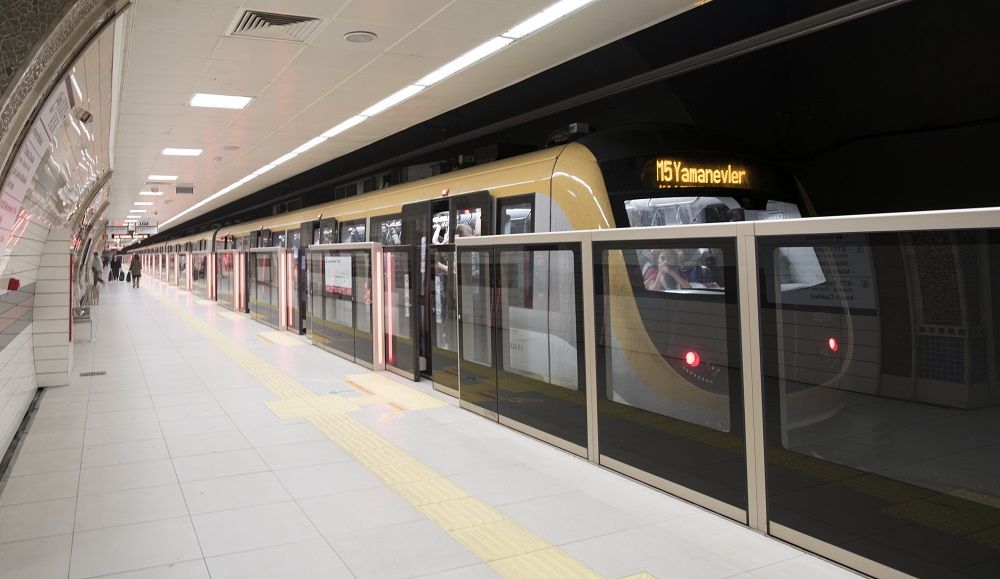
Living in a world of crisis, building the resilience of tomorrow
Confidence at the prospect of a more normal life was slowly returning in recent months. But as the pandemic seemed to lose momentum, this summer brought another type of disaster to the inhabitants of several regions across the globe. Among others Australia, Belgium, China, Germany and the North East of the United States have all had to face heavy floods. And in each case, public transport services and infrastructure were impacted. Again, after the pandemic, public transport networks suffered and were hampered by what many thought to be exceptional circumstances.
But are they truly exceptional? This increasing frequency of events could be a sign that we have entered a period where crisis will hit our systems much more frequently, if not regularly. To a certain extent, they are becoming part of the ‘new normal’ we hear so much about.
Last August, for about a week, the news and our social media timelines were dominated by the 6th assessment report of the IPCC, the intergovernmental panel on climate change. It is definitely worth a read, and if you don’t have time to go through the full report, at least have a look at the summary for policy makers: https://www.ipcc.ch/report/ar6/wg1/#SPM
Among other things, the report states “that heavy precipitation events will intensify and become more frequent in most regions with additional global warming.”

Shifting the paradigm for cities and public transport
Episodes of heavy flooding are bound to happen more often than in the past due to global warming. Their frequency and intensity depends on how much the average temperature will increase, but even with optimistic scenarios, they will become significantly more frequent. And this is true for all types of extreme weather events.
The risk of crisis, and potentially their intensity, is growing. We experienced it with the COVID-19 pandemic and recent natural disasters. There are other threats of severe crisis and disruptions, not the least of them related to the security and cybersecurity of systems.
What we are facing is another paradigm shift for cities and for public transport.
It means that from now on, the resilience of networks and services, has to be a key element of strategies. It means deploying the ability to recover or adjust easily to changes and crisis.
The pandemic has made clear to us all that public transport is vital for cities. It is therefore critical that it plans to provide continuity of services through extreme events and makes the necessary investments to withstand natural disasters.
This resilience means designing solutions to adapt to crisis and change right from the planning and design phase. Of course it applies to infrastructure, but also to services, planning and operations. And all this must contribute positively to containing the environmental impact of mobility.
Because of the importance of public transport for communities, this is already in some way part of the culture of the companies. The pandemic has shown that important mindset. It should be praised and above all, cultivated.
Public transport is essential. We need it to continue linking people and activities as the backbone of urban mobility. It must absorb change and adjust to crisis to ensure that mobility connects life and people, no matter what.
Resilience of public transport has become an important part of the UITP work programme. It will be discussed during a dedicated session at our Global Mobility Dialogue.
Contact
UITP

UITP

exclusive resources
Membership benefits












